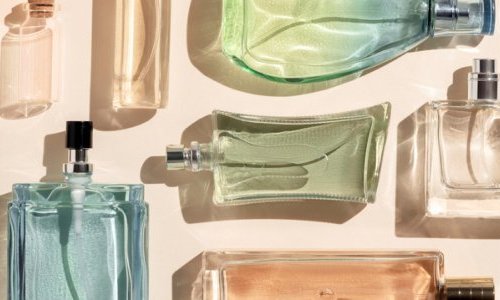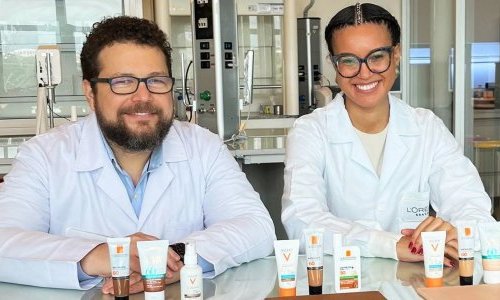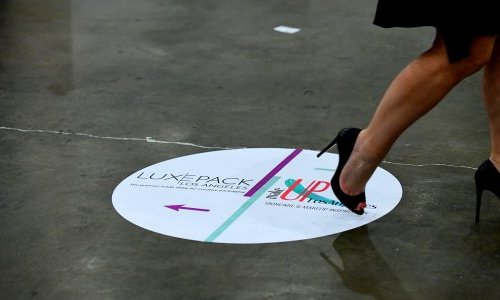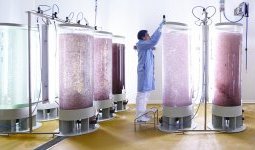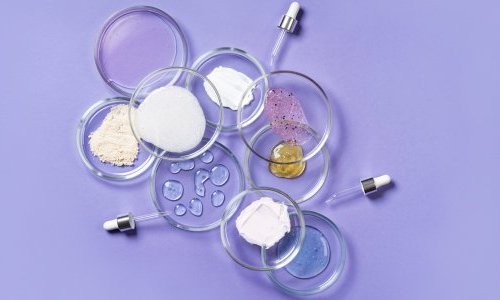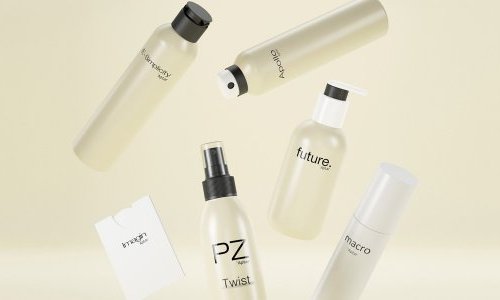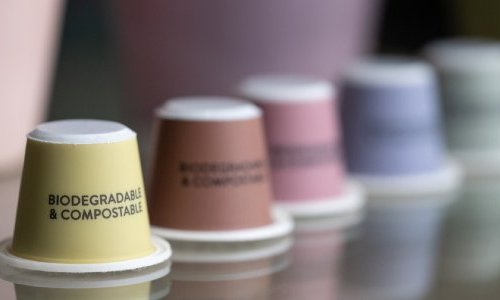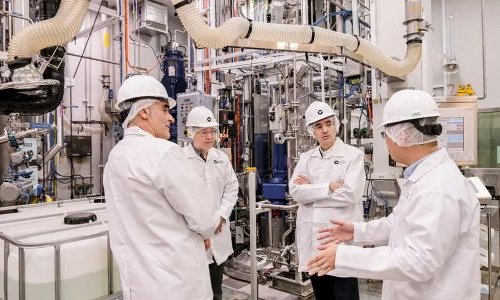Scaling up
Since 2018, C16 Biosciences has been developing a fermentation process based on food waste to produce a palm oil alternative. A precise selection of a yeast strain drives the natural fermentation process to produce a kind of synthetic palm oil that contains as many fatty acids as its plant-derived model. In 2020, this innovative company founded by a Harvard business graduate, a biological engineer and a doctor of physics was producing only ten kilos of its palm oil alternative per week. In the meantime, twenty million dollars have been invested to support the project, in particular by the Breakthrough Energy fund, founded by Bill Gates in 2015.
And the results are up to expectations as C16 Biosciences has just announced that its palm oil alternative is headed to market early next year, under the Palmless™ brand name. The company was able to commit to this timeframe after achieving industrial production estimated at 50,000 liters.
Initial launch in the beauty sector in early 2023
While the new oil is suitable for use in a whole range of products, from food to household goods, the start-up has said that it may first come to store shelves within beauty products.
“The launch of Palmless™ is a big step forward in making a palm oil alternative a reality. Consumer brands have been seeking a palm alternative for years, but have lacked a real solution - until now,” said Shara Ticku, co-founder and CEO of C16 Biosciences. “Brands using Palmless™ in their products demonstrate they are making every effort to reduce their impact on climate change.”
A huge potential market
Its use is so diverse that palm oil holds the title of most consumed oil in the world, far ahead of soybean oil, rapeseed oil and sunflower oil. It can be found in nut butter spreads, chips, in instant stock cube, and a wide array of personal care products, including shampoos and lipstick.
According to C16 Biosciences, palm oil is found in nearly 50% of products on supermarket shelves in the US. In order to meet this demand, the country’s imports of palm oil have increased by nearly 30% since 2014.
Indonesia and Malaysia lead in terms of volume, providing 85% of the world’s production, according to the WWF. The agricultural areas devoted to palm groves continue to expand: in 2020, in Malaysia, there were 5.3 million hectares compared to 3.3 million in 2000. In addition to deforestation and soil pollution, this form of agriculture also takes away space from certain species such as orangutans and elephants.
Palm oil widespread use can be explained through its lower cost compared to other vegetable oils. This will be a determining factor for the success of the alternative solution proposed by C16 Biosciences.





